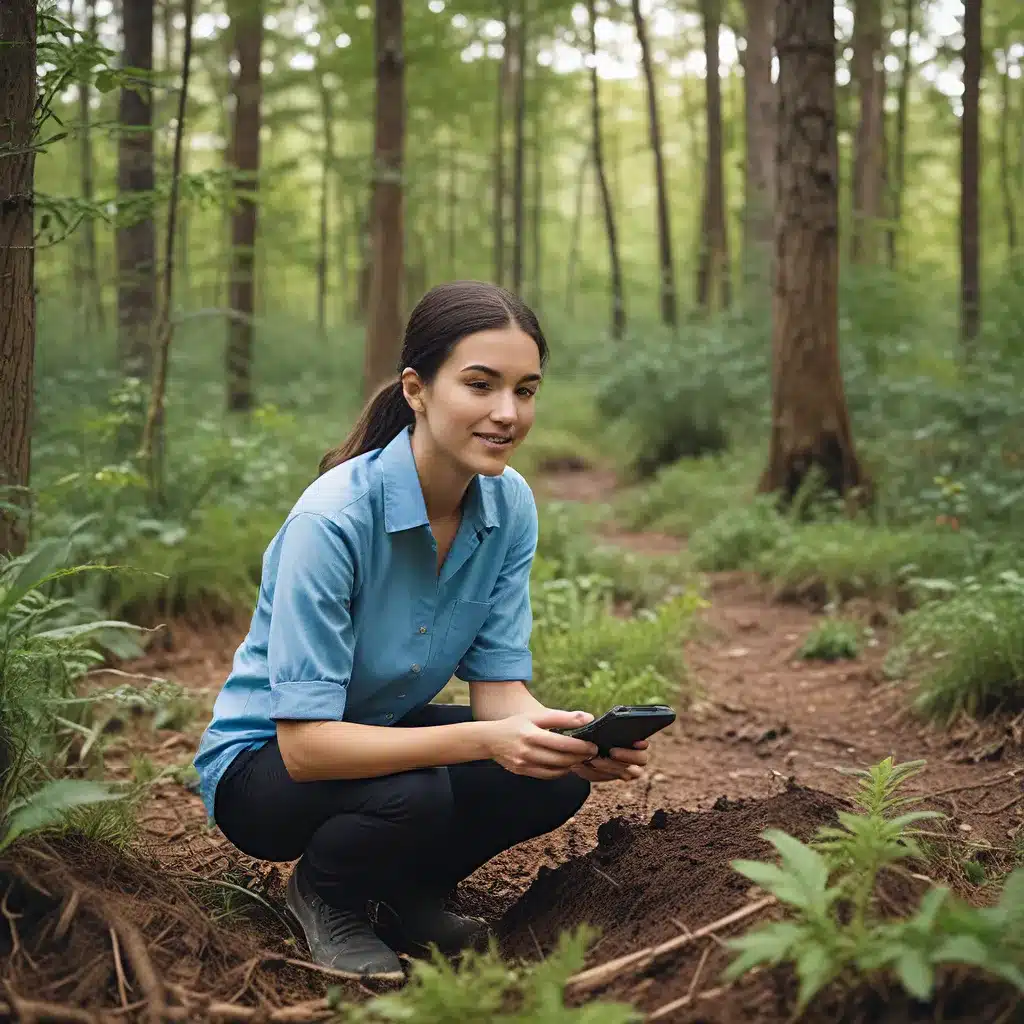
In a world that’s rapidly changing, the concept of environmental stewardship has taken on a whole new meaning. Gone are the days when sustainability was a mere buzzword – it’s now a critical imperative that businesses must embrace if they want to thrive in the 21st century. And as we grapple with the pressing challenges of our time, a new frontier has emerged: the intersection of disruptive technologies and environmental protection.
Embracing the Sustainability Imperative
I’ll be the first to admit, the idea of ‘sustainability’ can feel a bit esoteric at times. But the reality is, it’s become an inescapable business necessity. As BSR’s President and CEO Aron Cramer eloquently puts it, “Sustainability is no longer a fringe concern – it’s at the heart of how companies must operate to succeed in a rapidly changing world.”
And he’s absolutely right. Consumers are demanding it, investors are prioritizing it, and regulators are enforcing it. The writing is on the wall: if you want to stay relevant and competitive, sustainability has to be a core part of your business strategy. But the truth is, it’s about more than just ticking boxes. Genuine, impactful sustainability requires a complete rethinking of how we do business.
The Dawn of Disruptive Technologies
As we navigate this new era of sustainability, a remarkable shift is underway. Disruptive technologies – from artificial intelligence and machine learning to the Internet of Things and blockchain – are emerging as powerful tools in the quest for environmental stewardship.
Imagine a world where data-driven insights can pinpoint the exact sources of water pollution, enabling targeted interventions. Or a future where autonomous vehicles and smart grids optimize energy usage, reducing greenhouse gas emissions. These aren’t just pipe dreams – they’re very real possibilities, and they’re already transforming the way we approach environmental challenges.
Aron Cramer, the President and CEO of BSR, has emphasized the need for businesses to “spot emerging issues early, explore different possible futures, and develop more resilient and sustainable strategies.” And that’s precisely what these disruptive technologies are enabling.
Redefining Environmental Stewardship
The convergence of sustainability and disruptive technologies is nothing short of revolutionary. It’s a paradigm shift that’s rewriting the rules of environmental stewardship, and it’s happening right before our eyes.
Gone are the days of incremental improvements and half-measures. Today, we’re witnessing the rise of bold, game-changing solutions that are reshaping the way we interact with our planet. And at the heart of this transformation are the innovative minds and courageous leaders who are willing to challenge the status quo.
Take, for example, the work being done at Inland Waters Inc., a company on the cutting edge of water treatment and environmental services. They’re harnessing the power of artificial intelligence and machine learning to tackle some of the most pressing water challenges facing our communities. By leveraging predictive analytics and real-time monitoring, they’re able to identify and address issues before they become crises, all while optimizing efficiency and minimizing environmental impact.
But Inland Waters is just one example of how disruptive technologies are redefining environmental stewardship. Across industries, forward-thinking organizations are embracing these transformative tools, unlocking new levels of sustainability and resilience.
Navigating the Complexities
Of course, the integration of disruptive technologies into environmental stewardship is not without its challenges. As researchers from the University of California, San Francisco have noted, the complexities involved in this process can be daunting. From navigating the ethical implications of AI-driven decision-making to ensuring the equitable distribution of the benefits, there are myriad considerations that must be carefully addressed.
But the potential rewards far outweigh the risks. By harnessing the power of these disruptive technologies, we can not only improve our environmental footprint but also unlock new avenues for business growth and innovation. It’s a win-win scenario that’s too compelling to ignore.
Embracing the Future, Together
As we continue to grapple with the pressing environmental challenges of our time, one thing is clear: the path forward lies in our ability to think differently, to challenge the status quo, and to embrace the transformative potential of disruptive technologies.
It’s a future that will require courage, collaboration, and a deep commitment to the greater good. But if we can rise to the occasion, the rewards will be immeasurable. A world where sustainability and profitability go hand-in-hand. A planet where the health of our ecosystems is as valued as the health of our balance sheets.
It’s a future that’s within our reach, if only we have the vision and the fortitude to seize it. So let’s get to work, shall we? The clock is ticking, and the stakes have never been higher. Together, we can redefine environmental stewardship and create a brighter, more sustainable tomorrow.


